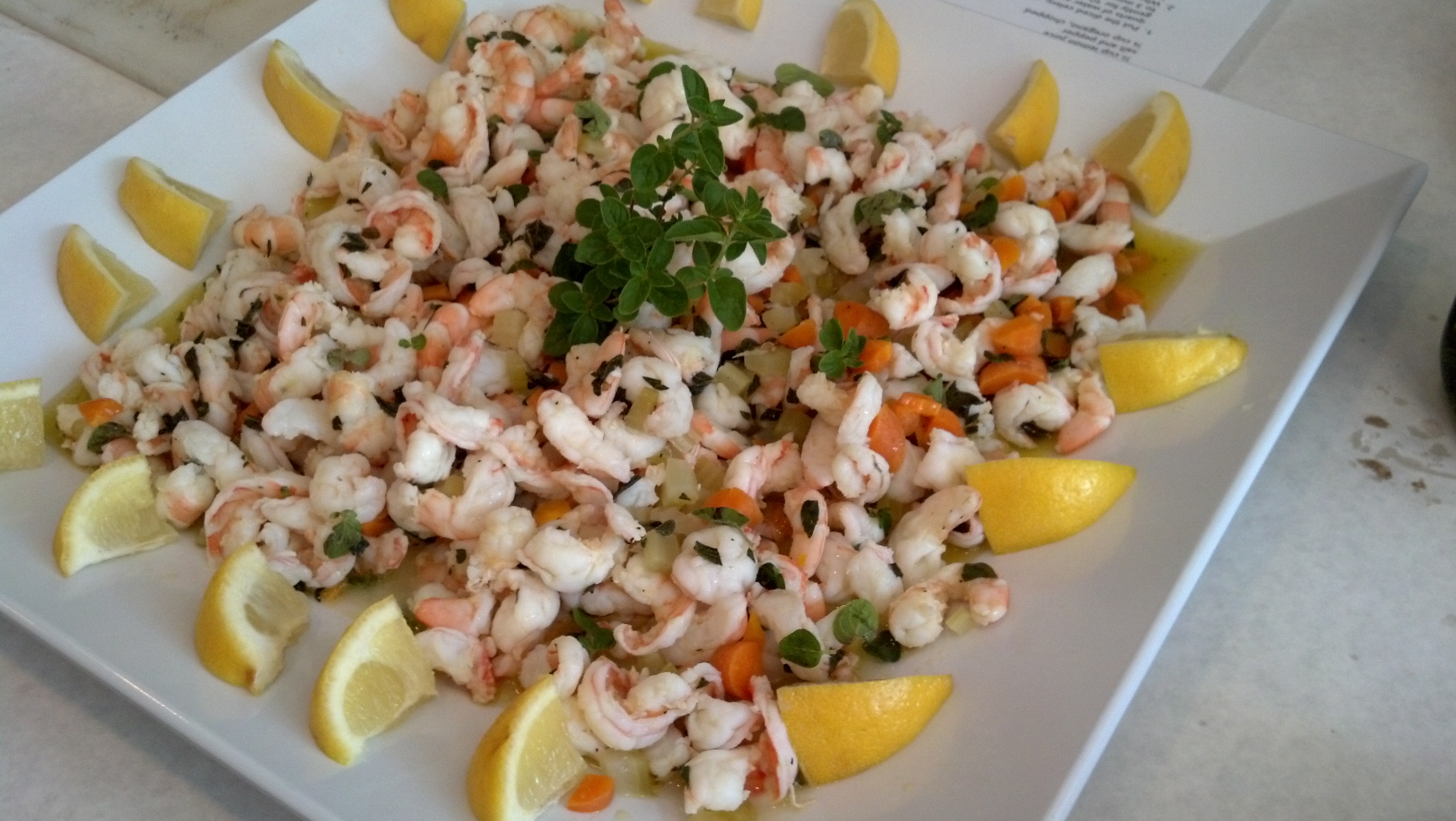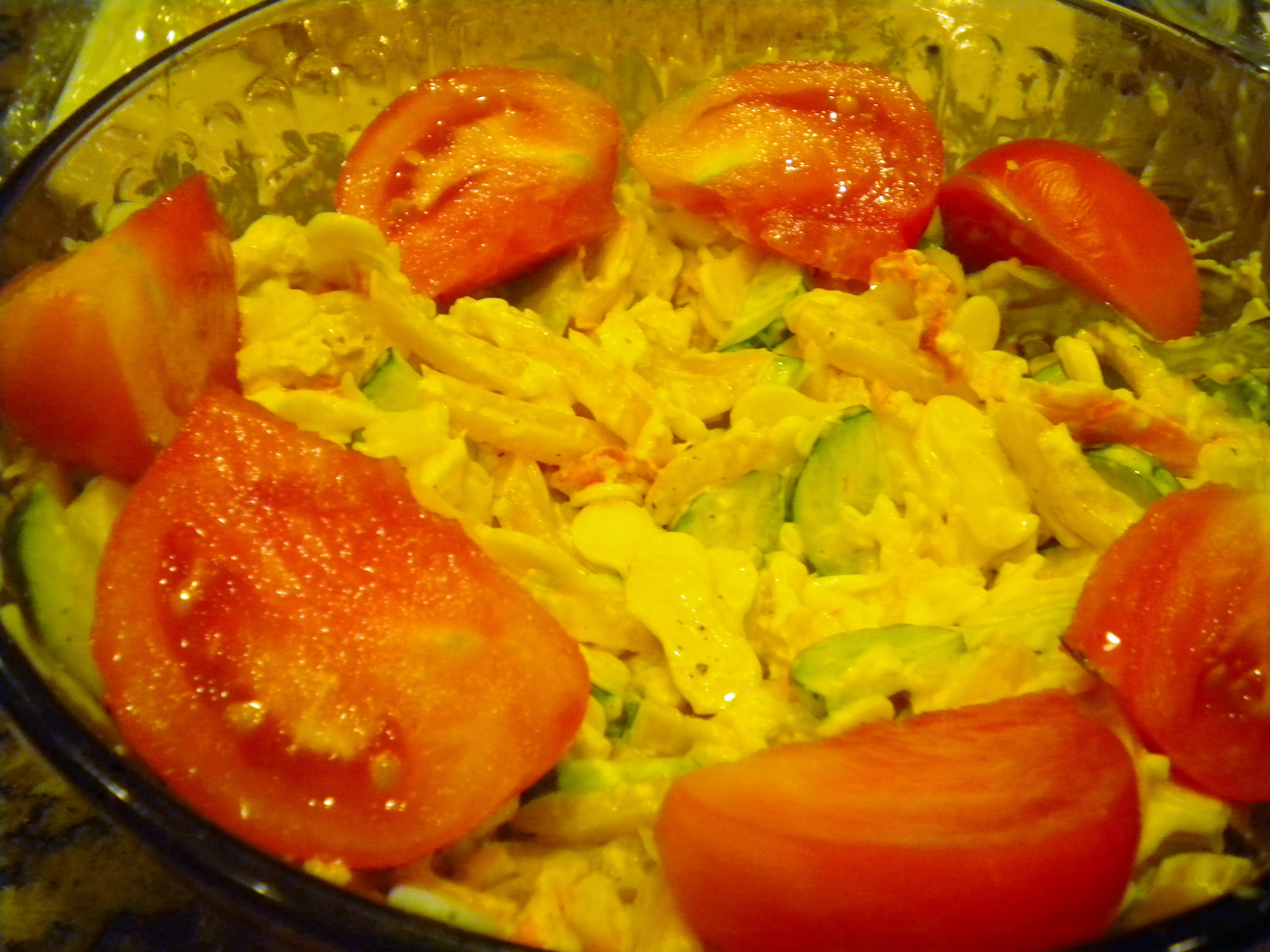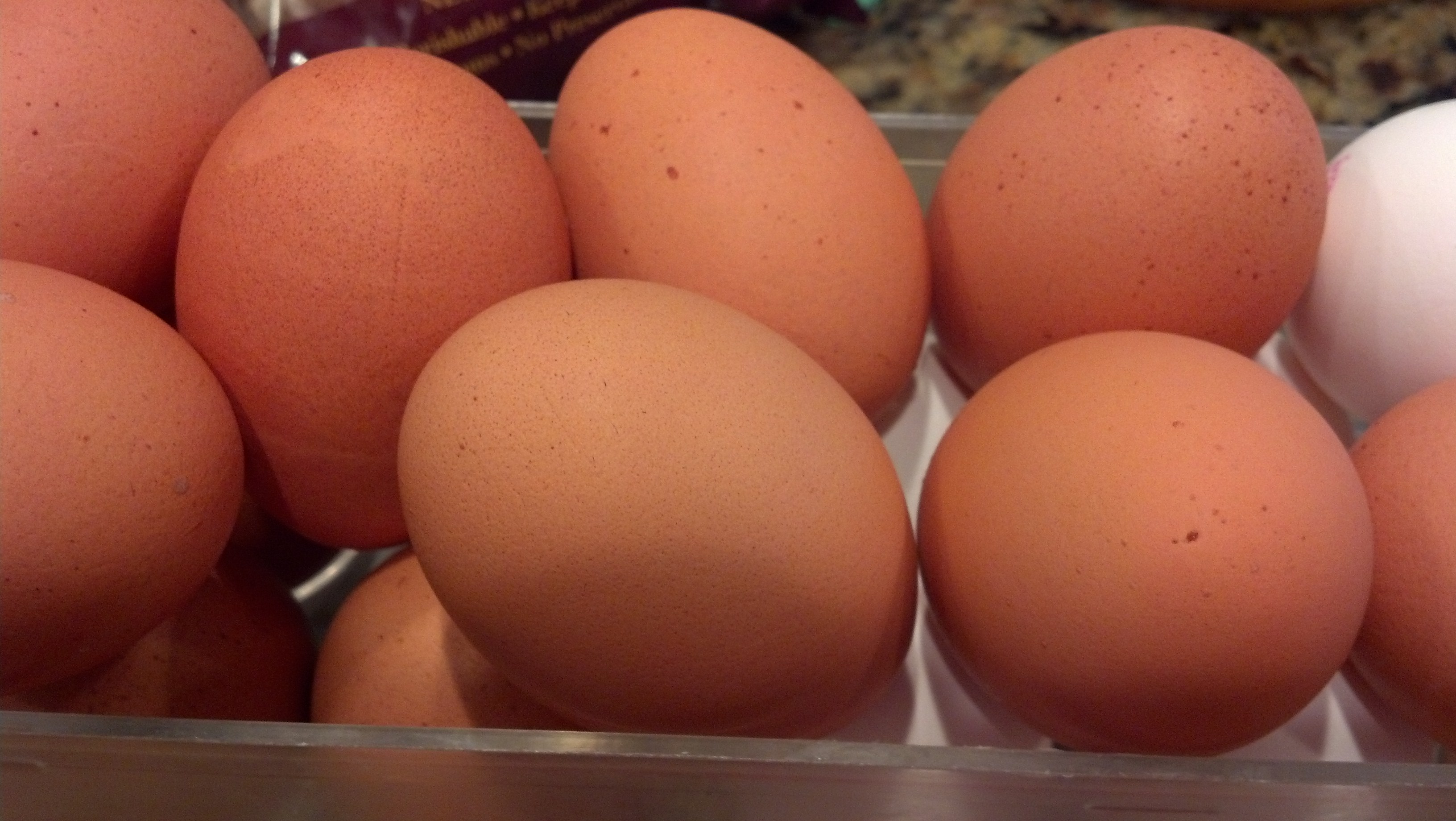Yesterday I and two friends had the pleasure of attending a Sicilian Cooking Class at the Getty Villa in Malibu, CA. The class was held in connection with a special exhibition ‘Art and Invention between Greece and Rome’ which is currently on view at the J. Paul Getty Museum at the Getty Villa in Malibu. […]
Month: June 2013
Summer is finally here and the weather is getting warmer and warmer and our food needs to be cooler and cooler. During the hot days of summer appetites tend to wane. What better way to eat healthy and delicious food than to create summer salads. Produce is at its best and seafood goes well with […]
Tapioca is the starch of the Cassava Plant or Manioc as it is called in certain parts of the world. Portuguese Explorers became familiar with it through contact with the natives of Brazil. The most familiar of Tapioca is the pearl. Other forms are sticks and powder. For those of you who […]
June 3rd is ‘National Egg Day’, so what better time than to celebrate the Chicken which we should we revere, because without those eggs, there would be so many things lacking from our diets. What we would ever do without Eggs? We eat them for breakfast, sometimes lunch and even dinner! We bake with them, […]


